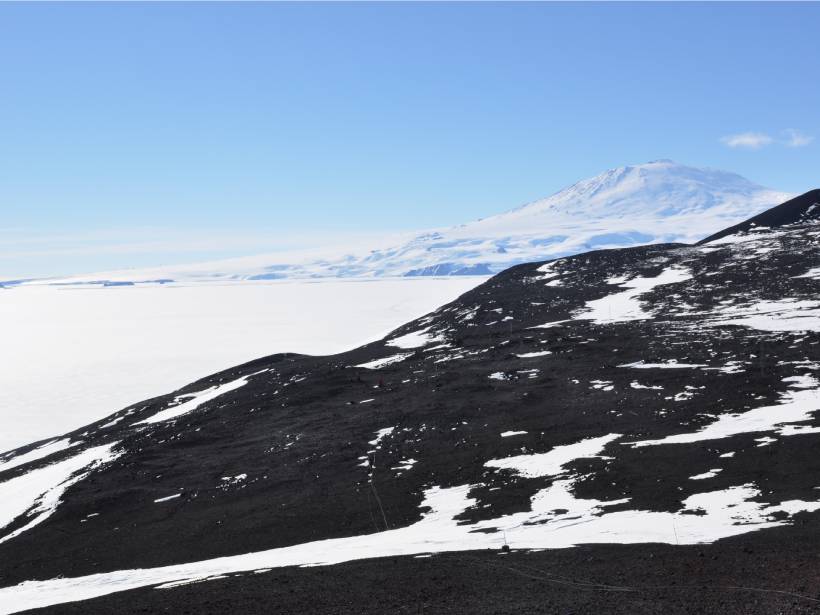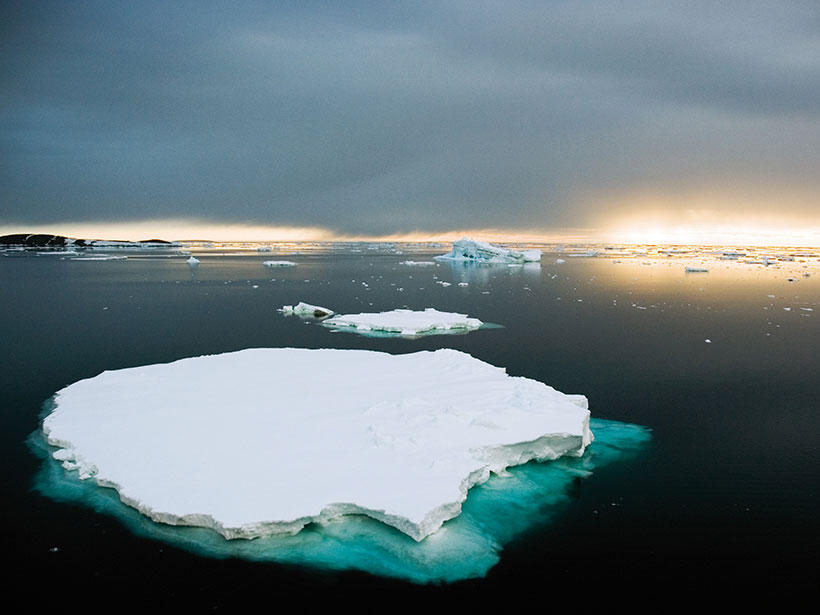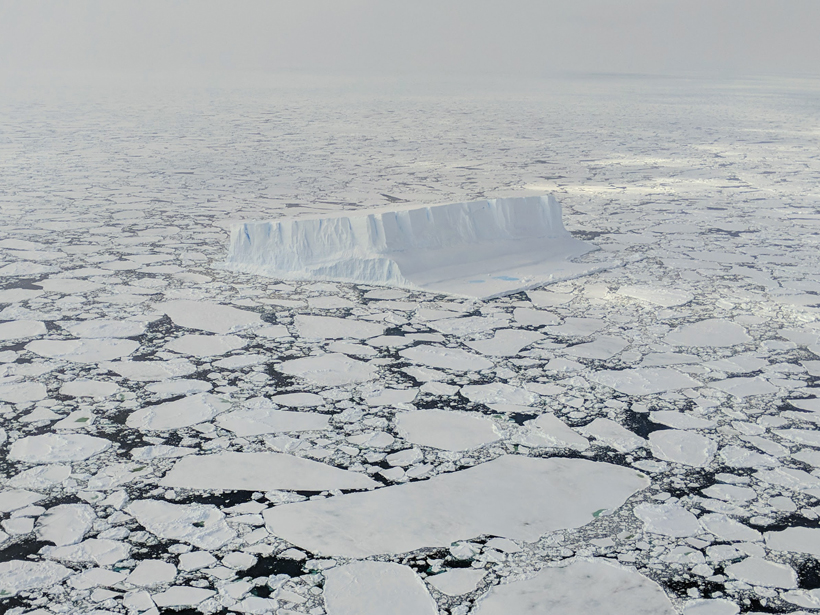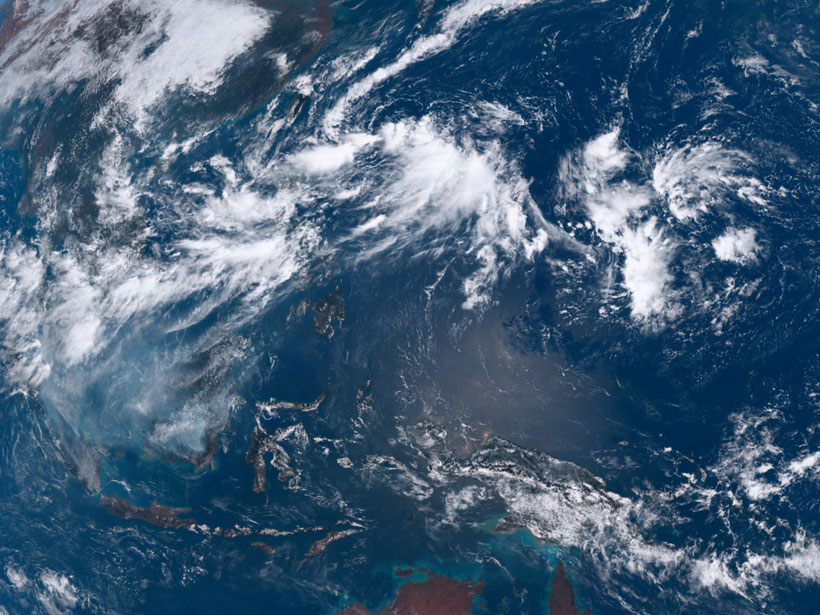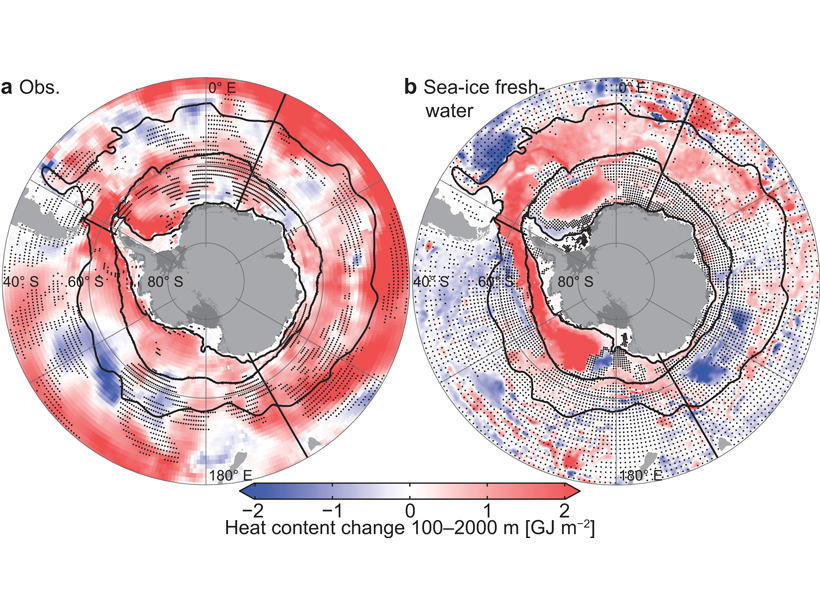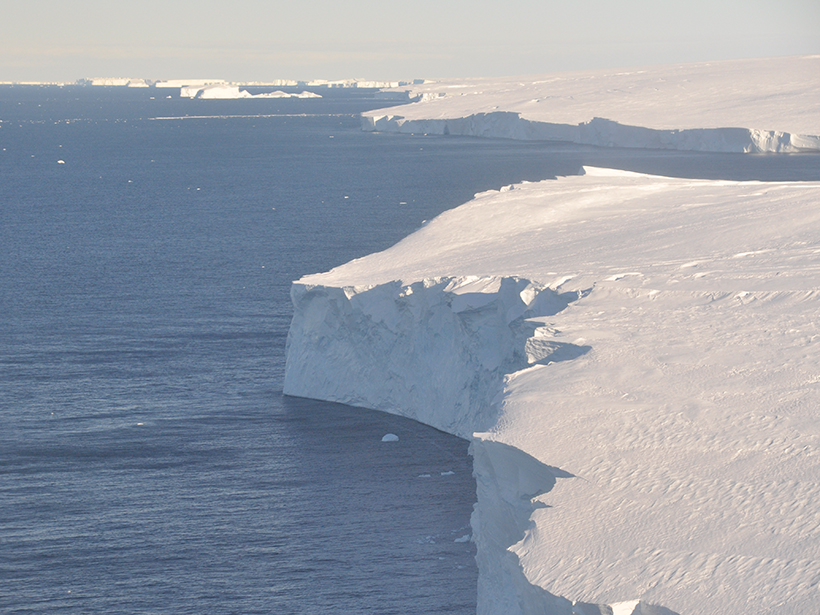Unique air and ocean surface observations of the Southern Ocean from a 22,000 km, 196-day circumnavigation around Antarctica by an Uncrewed Surface Vehicle.
Antarctica
Antarctic Lava Yields Clues to Earth’s Past Magnetic Field
A new analysis suggests that a widely accepted approximation of ancient magnetic field strength may be less accurate for the past 5 million years than previously thought.
Gravity Data Reveal Unexpected Antarctic Ice Variations
A new analysis of long-term satellite records shows the East Antarctic Ice Sheet is unexpectedly dependent on fluctuations in weather. This study may improve models of how much sea levels will rise.
Antarctica in a Changing Climate
The impacts of the Antarctic Ice Sheet response to climate change will have global consequences for millions living near the coast. It’s just a matter of when.
Warming in the Antarctic Stratosphere Affects Tropical Weather
Rapid temperature spikes in the stratosphere above Antarctica can influence weather and spark cyclones in the Northern Hemisphere’s tropics.
Characteristics of Polar Sea Ice in Latest Climate Models
Sea ice area in CMIP6 is similar to previous versions while its sensitivity to external forcing is subtly different and closer to observations, but still not in step with global surface temperature.
Emerging Technologies Help Scientists Tune In to Krill
Acoustic tools identify the population of “the most important fishery in the Southern Ocean.”
Explaining Cold and Fresh Southern Polar Ocean Surface Waters
Global climate models do not reproduce observed trends of the Southern polar ocean surface, but an increase in wind-transported sea ice that melts and inhibits mixing may account for the disparity.
A Subglacial Lake in Antarctica Churns Out Nutrients
Eight hundred meters below the West Antarctic Ice Sheet, microbes in subglacial Lake Whillans create organic carbon that helps power the Southern Ocean’s vast food chain.
“Terremotos Glaciales” Vistos por Primera Vez en Thwaites
Estos eventos sísmicos, provocados por los icebergs que se vuelcan y chocan contra Thwaites, revelan que el glaciar ha perdido parte de su plataforma flotante de hielo.


